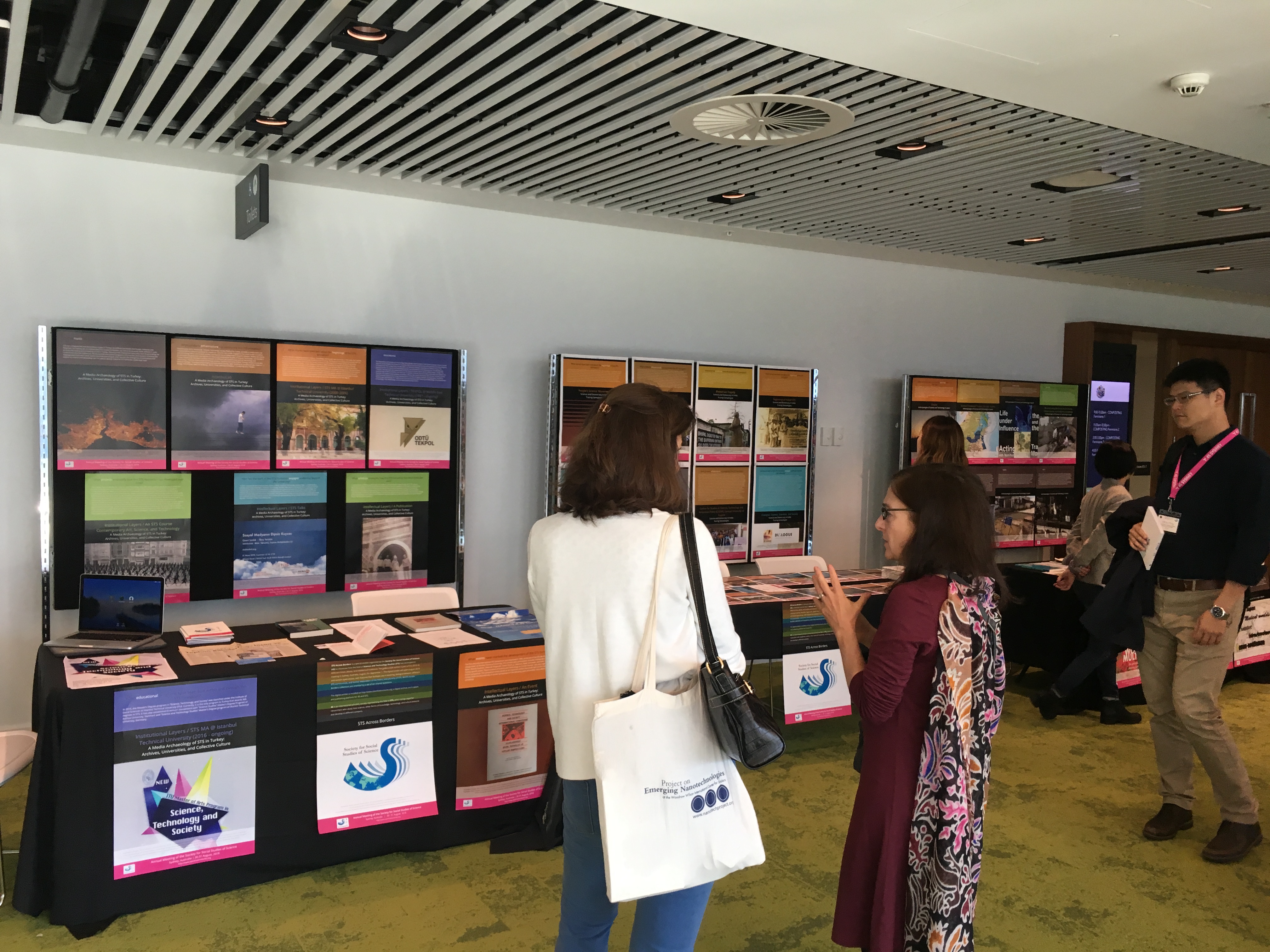4S Honolulu Paraconference
Kānaka Maoli, their land and their environment have endured the pain of extraction, tourism, colonialism, and militarism throughout history. These histories render any effort to foster newer and alternative relations with the land complexly parasitical and effort to relate-with is rightfully faced by cynicism by the membership. Faced up against political, economic and ethical constraints, the 4S 2023 paraconference tends to the urge to go beyond cynical reasoning and towards “liberatory potential” (Marcus 2009, 4). The 4S 2023 para-conference will be a parallel site to the conference or as anthropologist George Marcus puts it, a para-site.
A para-sited conference first entails a consensus that relating-with under the duress of violent histories is indeed, parasitical. For a praxis of relating-with “differently”, intentions that allow us to recognize that we are indeed parasites may just not be enough (Illich 1968). As “functionaries and operators” of an “institution of change” (at least that is what we would like to believe) and as an academic society that is registered in the United States of America (recent development), 4S membership can collectively transform the 2023 conference as a “critical cultural work” that aims to be in dialogue (Marcus 2000, 4; Sloterdijk 1987).
“What is essential is neither the image nor the deep meaning, neither the representation nor its hall of mirrored reflections, but the system of relations.”
-Michel Serres, The Parasite
In collaboration with the Environmental inJustice: Building a Global Record project and local EJ activists in Hawai’i, interested 4S members will re-analyze their research on colonialism, militarism and/or environmental injustice and para-site it by situating it in the matters of concern in Hawai’i for the paraconference. Thereby, para-conference enables participants to embed their research in the land in which the paper is presented, here, Hawai’i. It shifts the often-asked question at conferences, “what are you presenting on?” to “how are you presenting your research (when) in Hawai’i? It makes the participants ask, “what does it mean to present my research in Hawai’i when my research so parallels the matters of concern in Hawai’i?”

Image: STS Across Borders exhibit at 4S, Sydney 2018. Source: Khandekar 2019.
Para-conference is then a move away from conference tourism’s modus operandi of visiting an exotic place in the name of conferencing and provides time-starved researchers an alternative to the barely grounding, emplacing and truly disorienting experience of conferencing. To parasite one’s conference paper is to caring-ly forge their research into porous relations with the sky, sea, land and endangered ecologies of Hawai’i. While the goals are big and colorfully worded, the sentiment is modest: to reduce the parasitical harm and to open wider conversation about systemic harms.
In March 2023, the para-conference organizers will reach out to Hawai’i local environmental justice groups to tweak the current Environmental inJustice case study framework and situate it in Hawai’i matters of concern. This could possibly concern embodied knowledge of PFAS, safety of weapon facilities, regenerative tourism, regenerative agriculture, relations to land, and other issues of relevance to Hawai’i that may emerge from conversations with local activists. Authors of papers selected for the paraconference will then re-analyze their research with Hawai’i matters of concern in three 90 minute long, engaged and collaborative workshops and present it as a poster (other possibilities for presentation can be considered).
Please note that para-siting your research requires significant labor of love and critical care. If you are a researcher studying topics including colonial extraction, discriminatory relations to land, environmental injustice and/or militarism, you may express your interest to participate in the submission portal for papers, closed panels, making & doing sessions, and screenings, due May 26th. You will hear back from the para-conference organizers by the end of June. The research to be presented in the para-conference needs to be already accepted in an open/closed panel or as a making and doing exhibit.
Para-conference exhibit and the annual conference will be opened to select local peoples (as to adhere to the venue’s security protocols) and the hope is to make the conference a ground of solidarity to think-with, relate-with and situate the global environmental issues that affects the communities that the 4S membership researches with, while embedding in Hawai’i. The 4S para-conference can then be imagined both as an effort to create a living archive and as knowledge infrastructure for EJ solidarity. The EiJ case study framework and poster-papers will be archived in digital infrastructures.
The para-conference organizers are exploring other possible para-sites for this endeavor–like a presidential plenary with local Hawai’i environmental justice activists, a roundtable of local, regional and international environmental justice groups, collaborative exercise in local schools on ecopedagogy, etc. You are welcome to send your questions, criticism and comments at s.a.misria@gmail.com with [Para-conference] in the subject line.
References:
Illich, Ivan. “To Hell With Good Intentions.” Transcript of speech delivered at InterAmerican Student Projects (CIASP) in Cuernavaca, Mexico, April 20, 1968. https://www.uvm.edu/~jashman/CDAE195_ESCI375/To%20Hell%20with%20Good%20Intentions.pdf
Khandekar, Aalok. 2019. "STS Across Borders Gallery Exhibit: 4S 2018, Sydney, Australia." STS Infrastructures, Platform for Experimental Collaborative Ethnography, last modified 20 February 2019. https://stsinfrastructures.org/content/sts-across-borders-gallery-exhibit-4s-2018-sydney-australia
Marcus, George E. 2000. Para-Sites: A Casebook against Cynical Reason. Chicago, IL: University of Chicago Press.
Serres, Michel. 2007. The Parasite. Minneapolis, MN: University of Minnesota Press.
Sloterdijk, Peter. 1987. Critique of Cynical Reason. Minneapolis, MN: University of Minnesota Press.
Published: 03/23/2023
